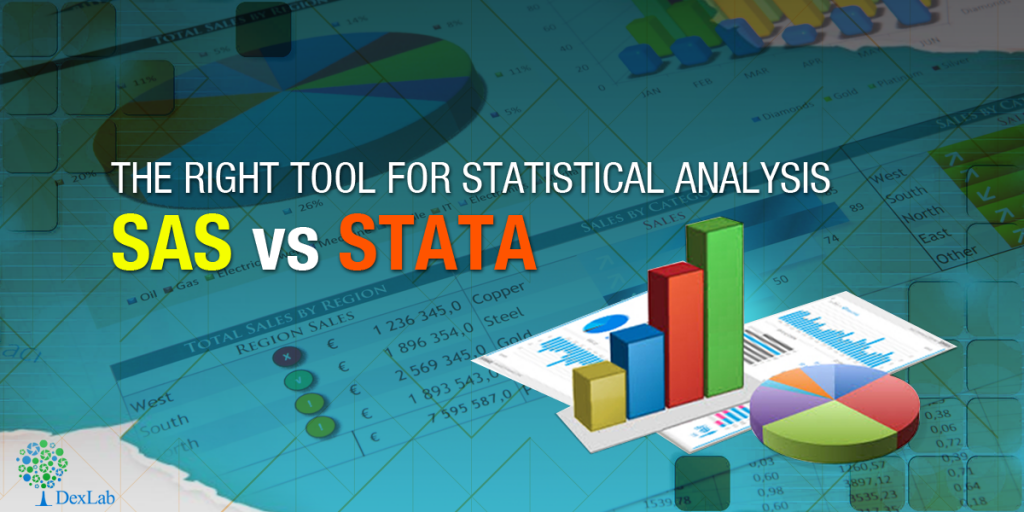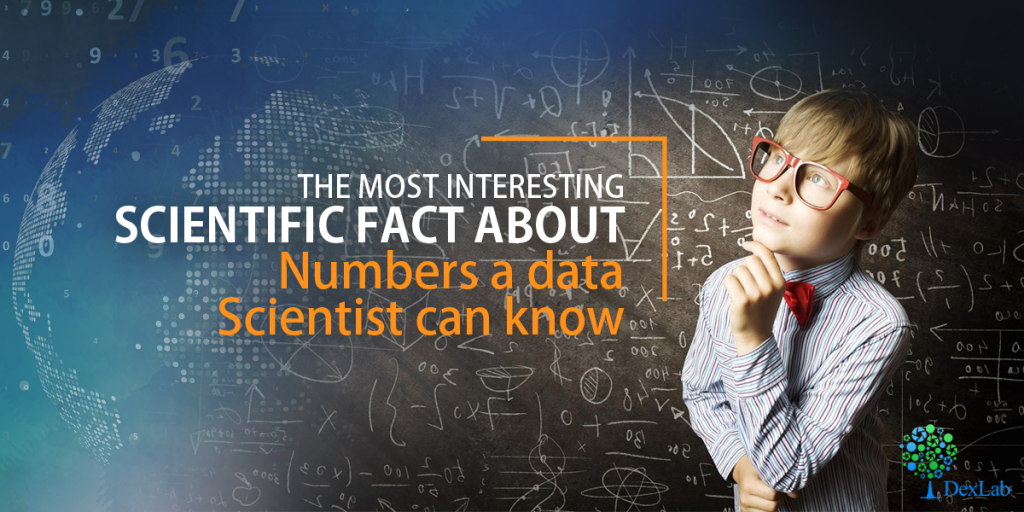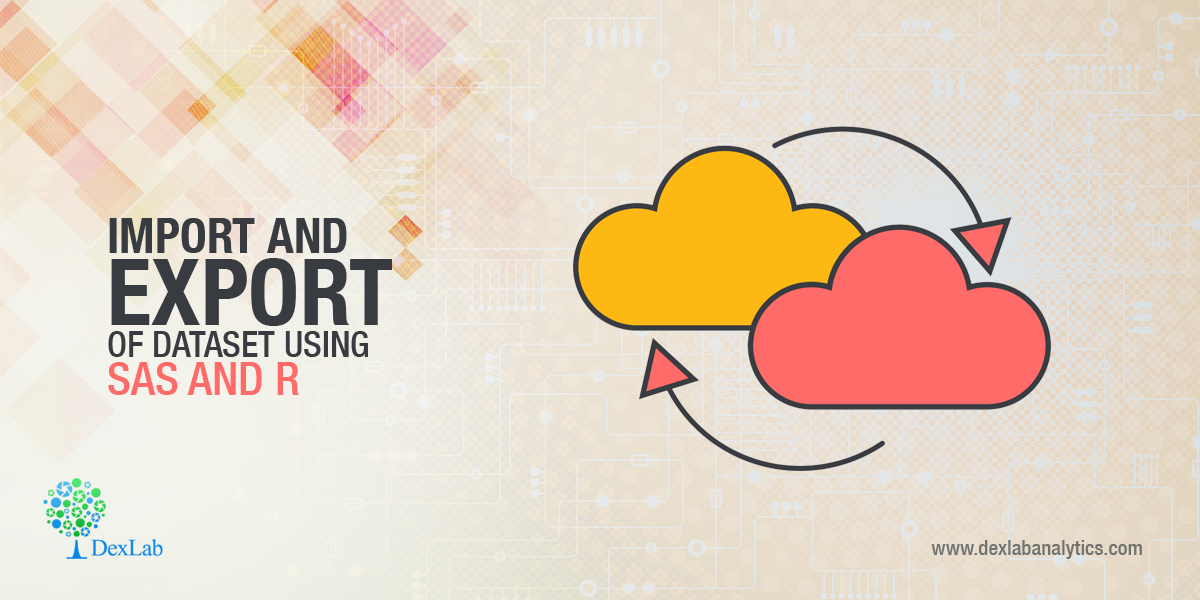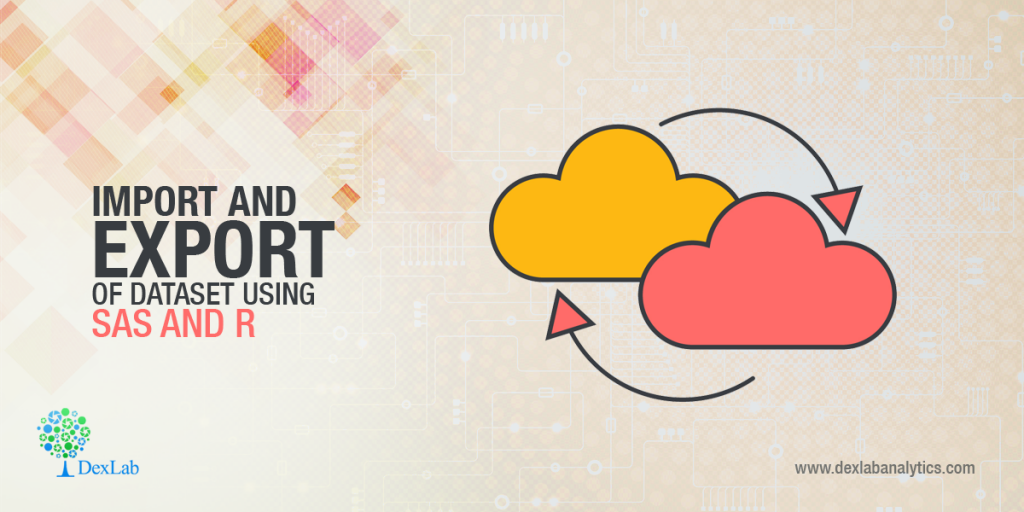
Predictive modeling figures at the top of the list of new techniques put in to use by researchers in order to make out key archeological sites. The methodology used is not that complex. It makes predictions on the location of archeological sites having for its basis the qualities that are common to the sites already known. And the best news is that it works like a charm. A group of archeologists working in the company Logan Simpson which operates out of Utah discovered no less than 19 individual archeological sites containing many biface blades as well as stone points in addition to other artifacts that belong to the Paleoarchaic Period which ranges from 7,000 to 12,000 years ago.

The location of the site is about 160 km or 100 miles from Las Vegas, Nevada. The group of researchers also came across lakes and streams that disappeared long before. According to archeologists the sites were perhaps put into used by a number of groups of gatherers and hunters in the ancient times. The sites are scattered widely and also are scarce and could herald an understanding of the human activity that took place throughout the length and breadth of the Great Basin as a warmer climate prevailed after the end of the Ice Age. Their remoteness ensured that they remain unfound when traditional methods are employed.
In Nevada’s Dry Lake Valley, Delamar Valley and Kane Springs archeologists have discovered sites like Clovis, Lake Mojave and also Silver Lake that contains some stone tools constructed according to styles prevalent as far as 12,000 years back.The project was funded by the Lincoln County Archeological Initiative from the Bureau of Land Management. It made use of GIS or geographic information system technology in order to make predictions about activity belonging to the Pleistocene-Holocene period.
Read Also: How Data Preparation Changed Post Predictive Analytics Model Implementation
The predictive modeling put into use took in to account the fact that the Great Basin was way more wet and cool at the end period of the Pleistocene than the climate prevalent today and in all probability had attracted the attention of gatherers and hunters for several centuries. The process of mapping with GIS and aerial pictures amongst others was followed by pinpointing and ranking the various locations that hold the most promise.
Apart from the Paleoarchaic era, artifacts belonging to relatively more recent periods in History were also found which bear out that the sites at the lakeside had been used over the course of several millennia.
But the most important discovery was the proof that that Predictive Modeling on the basis of GIS works well and should be included in the arsenal of tools of archeologists trying to discover prehistoric sites .
Read Also: Predictive Analytics: In conversation with Adam Bataran, Managing Director of GTM Global Salesforce Platforms at Bluewolf
Make predictive analytics your best friend for life and career with easy and comprehensive SAS training courses in Delhi by DexLab Analytics. For more information about this premier SAS training institute, log into their website.
Interested in a career in Data Analyst?
To learn more about Data Analyst with Advanced excel course – Enrol Now.
To learn more about Data Analyst with R Course – Enrol Now.
To learn more about Big Data Course – Enrol Now.
To learn more about Machine Learning Using Python and Spark – Enrol Now.
To learn more about Data Analyst with SAS Course – Enrol Now.
To learn more about Data Analyst with Apache Spark Course – Enrol Now.
To learn more about Data Analyst with Market Risk Analytics and Modelling Course – Enrol Now.





